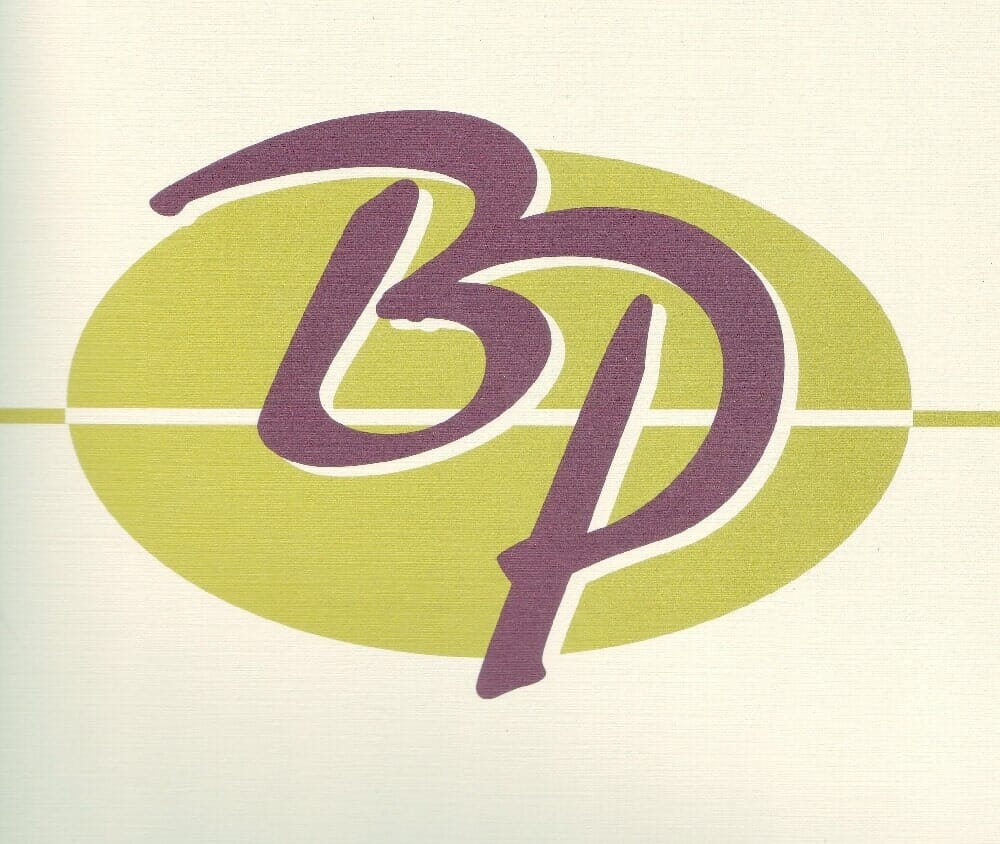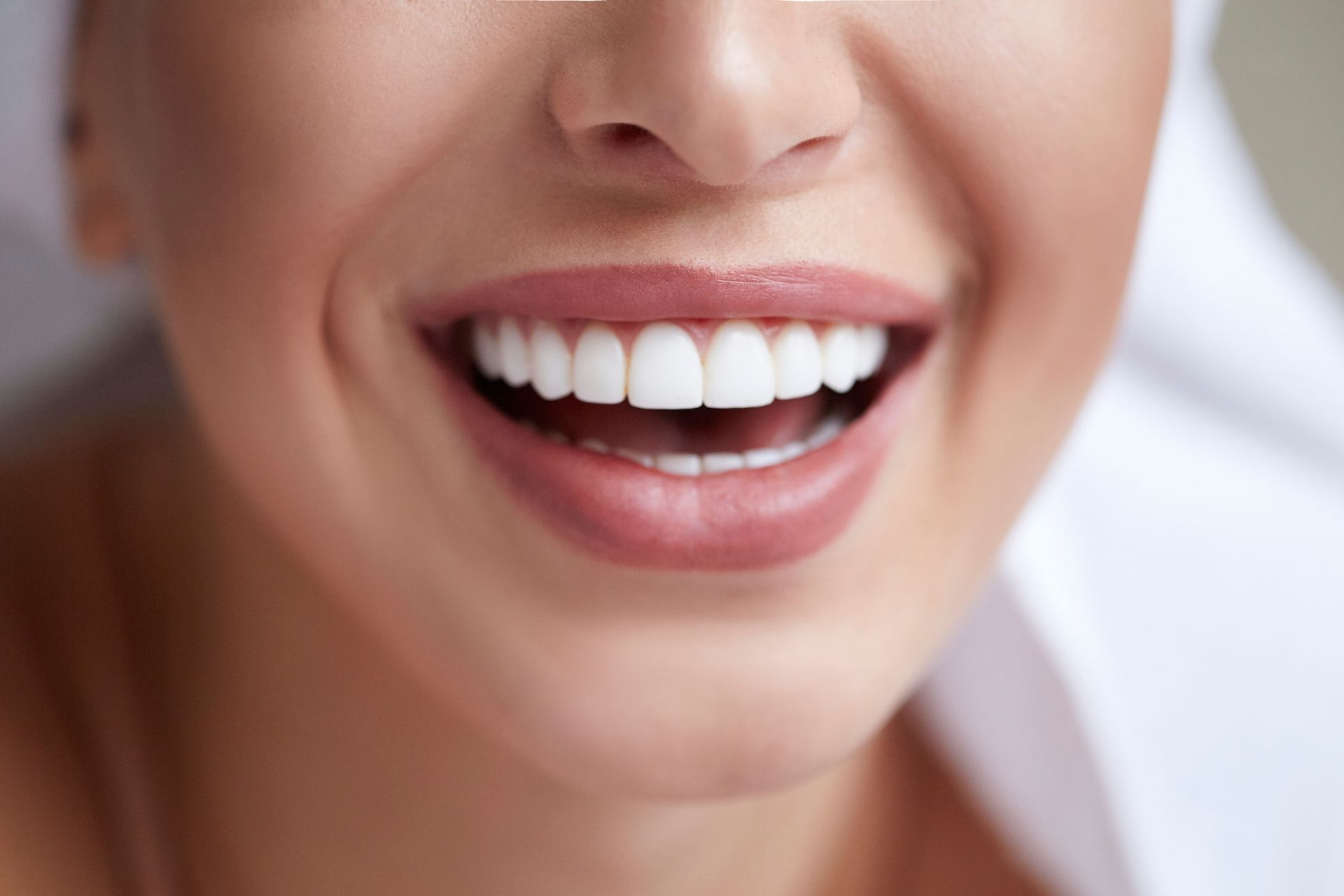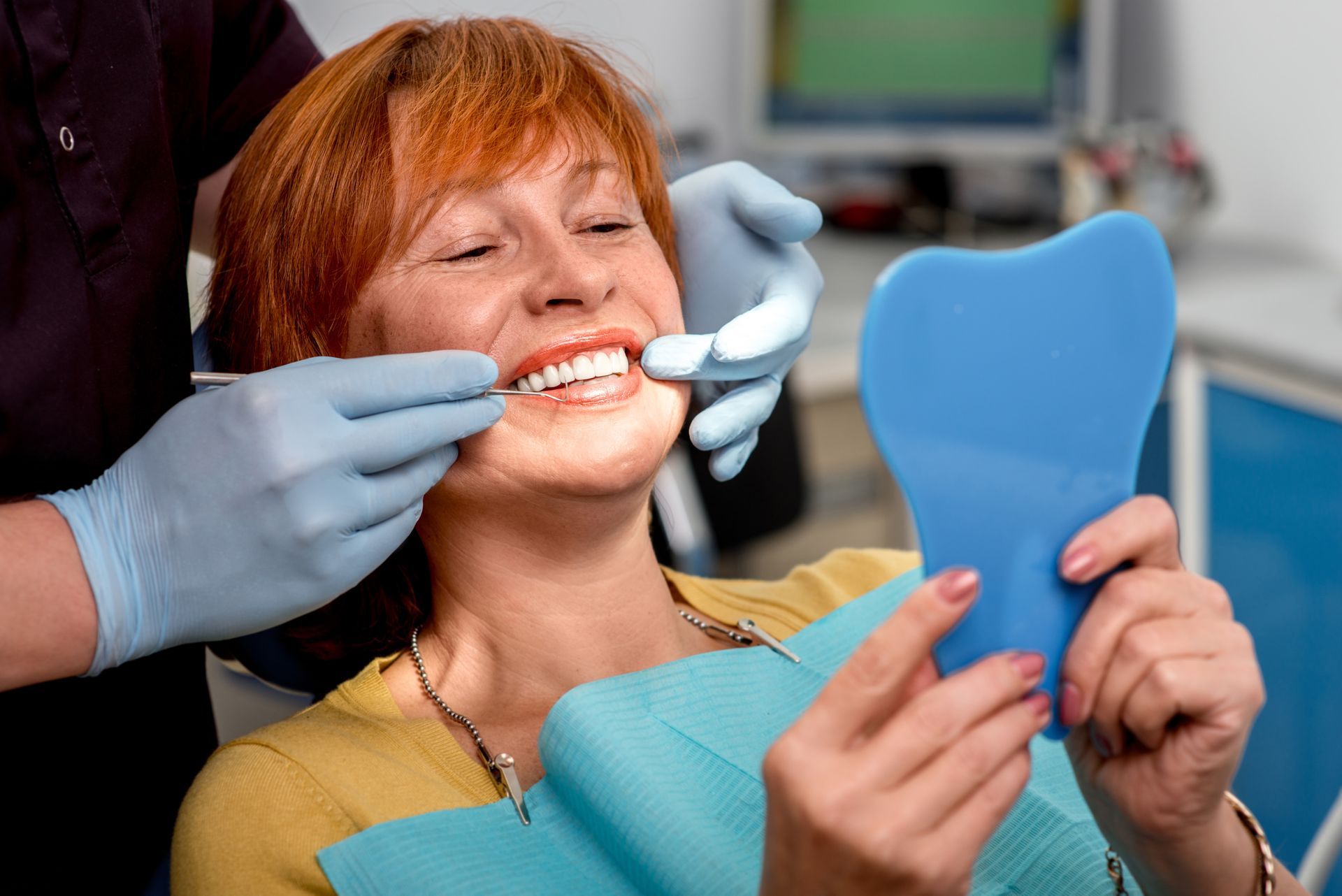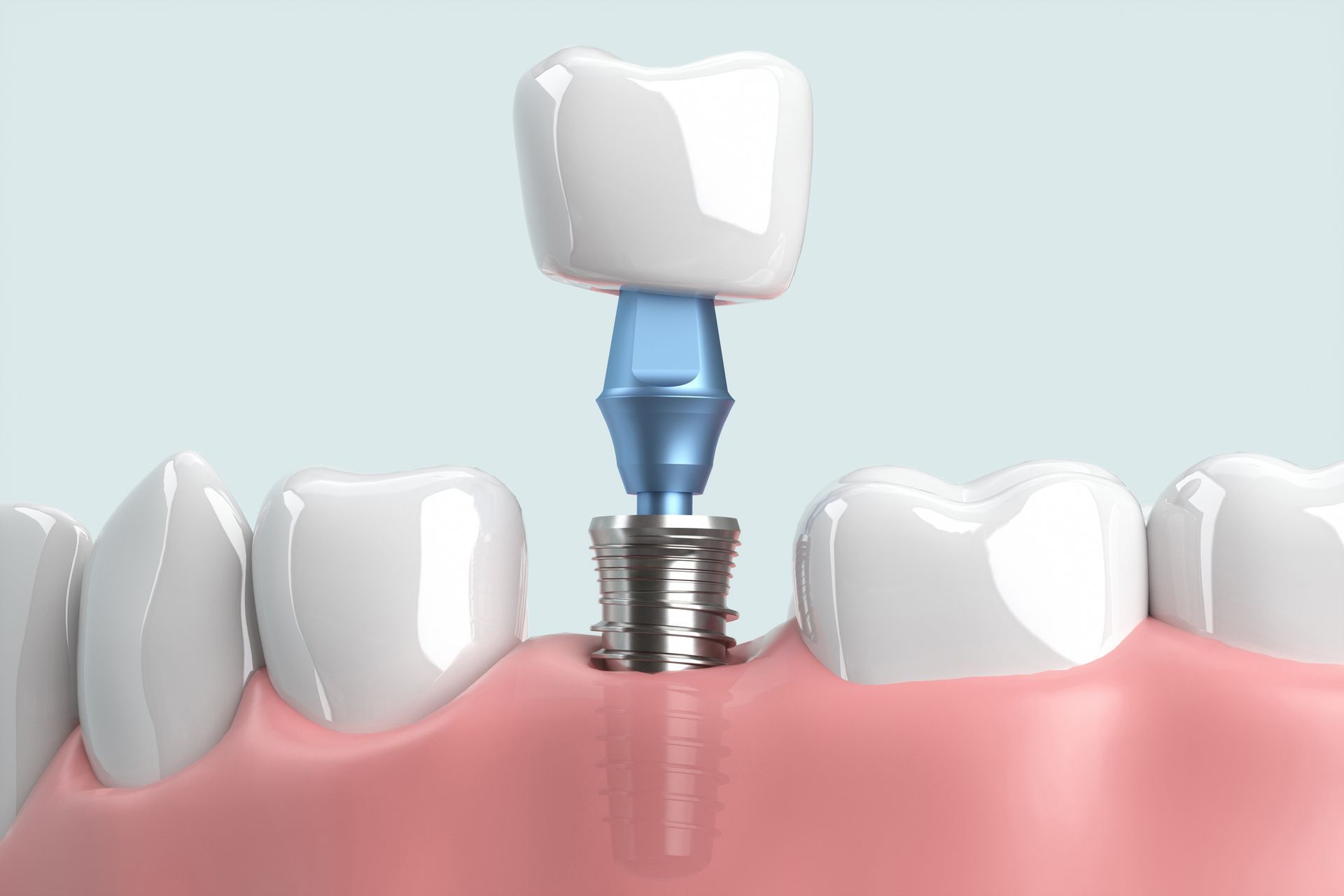What Exactly Happens During a Dental Cleaning?
- By Admin
- •
- 15 Oct, 2021
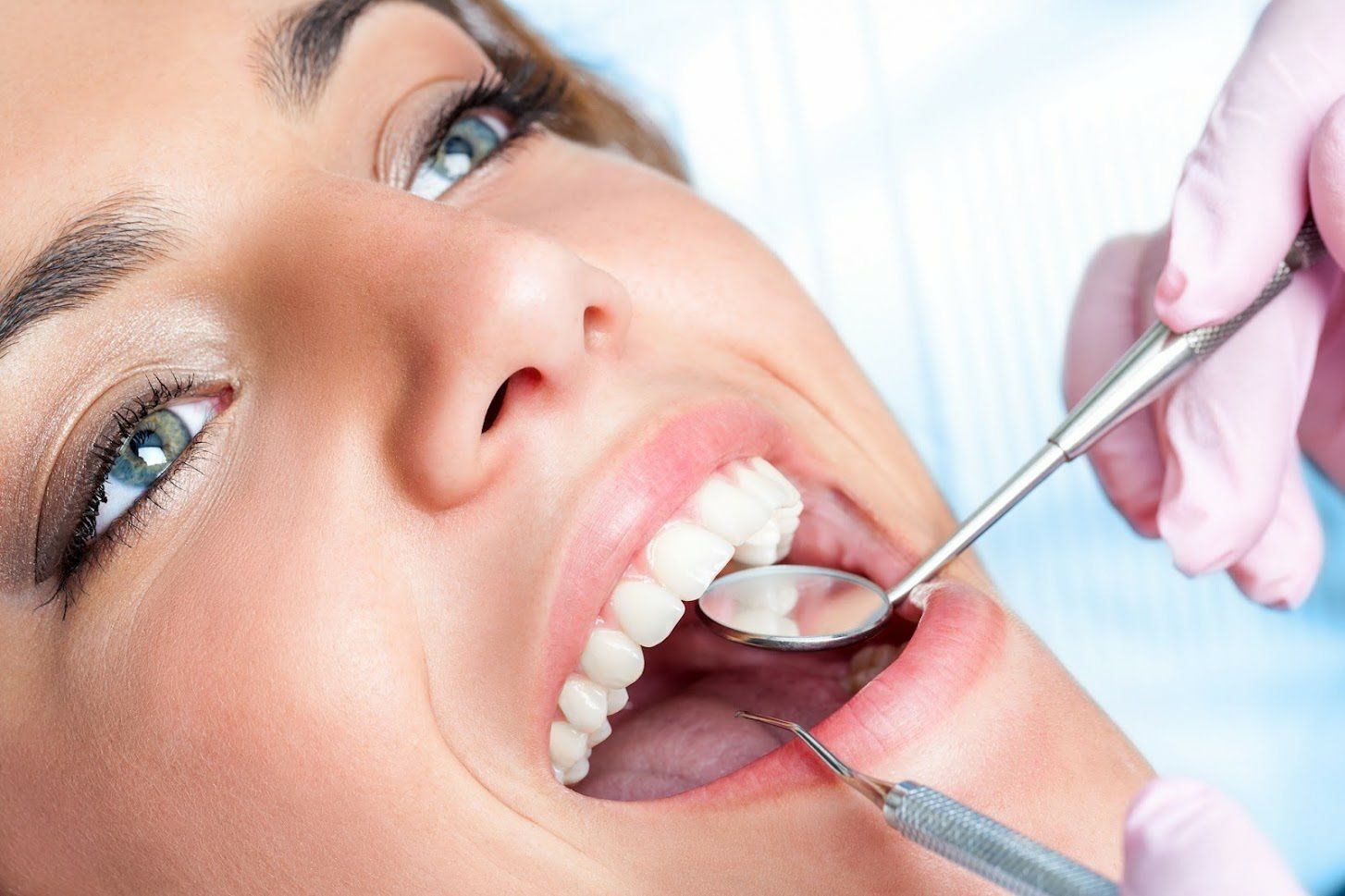
However, doing so can result in serious dental problems that will be more complex to treat.
To help make you more comfortable, you may benefit from knowing exactly what happens when you have a dental cleaning. When you understand exactly what the dental hygienist and dentist do, you may feel more comfortable. The following are some things you can experience during a dental cleaning.
Dental X-Rays
The start of your appointment will likely consist of dental x-rays, but you may not get x-rays at each appointment. The hygienist will have you bite down on a small, square device. They will then move the x-ray machine around your head to get pictures of your entire mouth. This process is completely painless but gives your dentist a good look at your teeth and jawbone.
Oral Examination
The hygienist will check your teeth and gums for signs of decay or other problems. He or she will use a small mirror and a small tool with a hook on the end to perform this process.
If the hygienist discovers certain issues that may need to be checked before the cleaning, they will have the dentist check your mouth prior to the cleaning to make sure to proceed.
Dental Scaling
The next step in cleaning is dental scaling. Dental scaling removes the plaque and tartar from your teeth that you cannot do at home with normal toothbrushing. The hygienist will again use the small mirror and a dental scaler to remove the plaque and tartar. You may hear some scraping on your teeth, but you should not experience any discomfort.
This process typically takes only a few minutes, but the time can vary if your plaque and tartar buildup is prevalent.
Deep Clean
After the tartar and plaque is no longer on your teeth, the hygienist will use an electric brush and polisher to deep clean the teeth. This brush makes a high-pitched buzzing sound but does not hurt. The point of the deep cleaning is to remove any additional plaque and tarter the hygienist could not remove by hand.
The hygienist will use a special toothpaste similar in taste and feel to the standard toothpaste you probably already use. The primary difference is the toothpaste the hygienist uses has a grainy texture. This texture helps scrub the teeth more effectively and polishes the teeth.
Deep Floss
You probably already floss at home, so this part may be more comfortable for you. However, the hygienist will floss deeply between your teeth and gums in areas you may have missed. This part may be more uncomfortable if your gums are sensitive. You could experience some slight bleeding that typically subsides quickly.
Mouth Rinse
Once your teeth are completely clean, the next step is to rinse your mouth. Your hygienist uses a small water applicator to place water in your mouth. The point of rinsing is to remove any leftover debris, residue, and toothpaste. Once your mouth is rinsed, the hygienist will suction the water from your mouth with a small suction hose.
Some hygienists may opt to rinse your mouth with a fluoride rinse. They will have you swish the rinse then spit the rinse into a small sink. Alternatively, the hygienist may suction the rinse from your mouth.
Fluoride Application
An optional part of a teeth cleaning is fluoride application. Fluoride treatment helps protect the teeth and helps prevent cavities. The fluoride is a paste or gel that sits on the teeth until it is fully absorbed. You cannot eat or drink for a short period of time after fluoride treatment to allow full absorption.
Dentist Check
Before you leave, your dentist will enter the treatment area to look at your teeth. If the hygienist identifies any issues, the dentist will decide how to proceed and have you make an appointment for treatment.
Going to the dentist can be unnerving. If you have any questions about your dental visit, please call Bradley Piotrowski, DDS, MSD, LLC.
